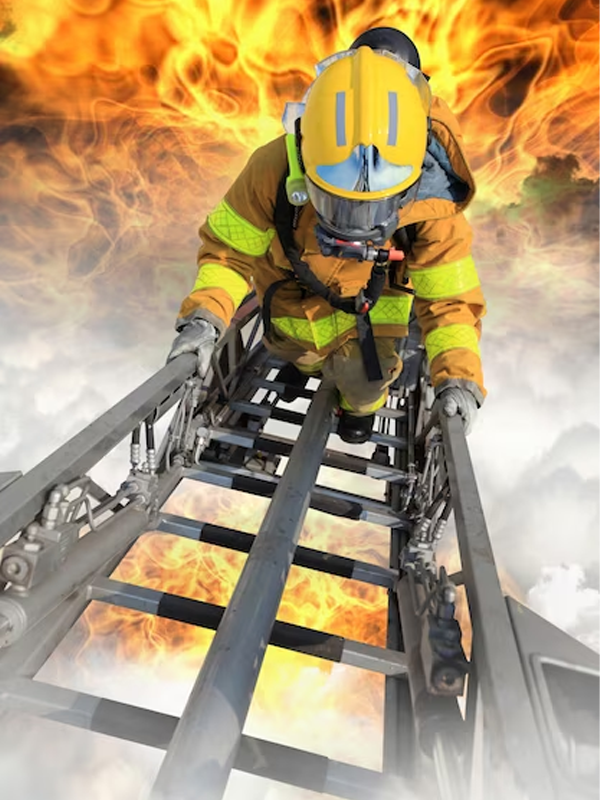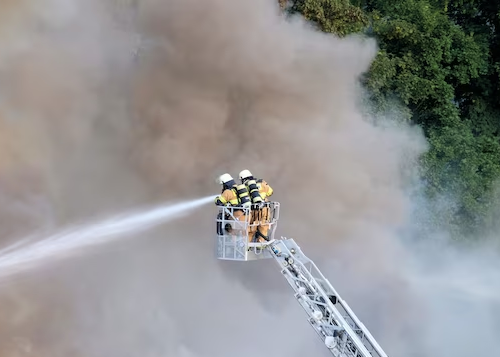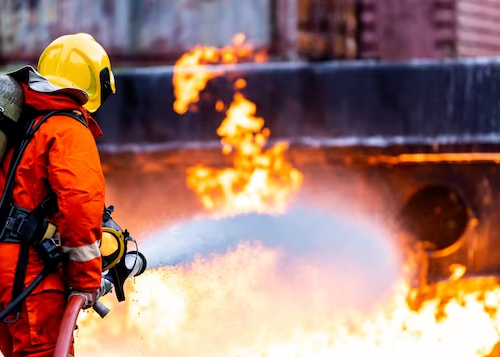Passive Fire Protection Fire Curtains, Fire Partitions, Fire Doors, Fire Sealant, Fire Retardant paint
Fire Curtains, Fire Partitions, Fire Doors, Fire Sealant, and Fire Retardant Paint are all examples of Passive Fire Protection measures used to prevent the spread of fire within a building.
Fire Curtains are flexible barriers that deploy from above, creating a barrier that prevents fire and smoke from spreading from one area to another. They are typically installed in openings, such as doors and windows, and are made from materials that can withstand high temperatures.
Fire Partitions are fixed barriers that are designed to prevent the spread of fire and smoke between different areas of a building. They are often constructed from fire-resistant materials such as gypsum board or concrete blocks, and can be used to create separate fire compartments within a building.
Fire Doors are specially designed doors that are installed to prevent the spread of fire and smoke. They are constructed with materials that can withstand high temperatures and are designed to self-close and latch shut in the event of a fire, preventing the spread of flames and smoke.
Fire Sealant is a material that is used to seal gaps and openings in fire-rated walls and floors, preventing the spread of fire and smoke through these gaps. It is typically made from a fire-resistant material such as silicone or intumescent, which expands when exposed to heat, creating a barrier that prevents the spread of flames and smoke.
Fire Retardant Paint is a type of coating that is applied to surfaces such as walls, ceilings, and structural steel to reduce their flammability and slow the spread of fire. It contains special chemicals that react to heat and form a protective barrier, preventing the spread of flames and smoke.
All of these PFP measures play an important role in preventing the spread of fire and smoke within a building, and are often required by building codes and regulations. Proper installation, testing, and maintenance of these measures are critical to ensure their effectiveness in the event of a fire.



